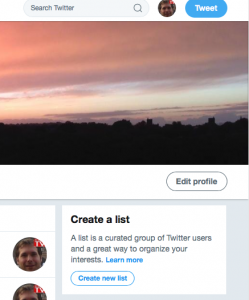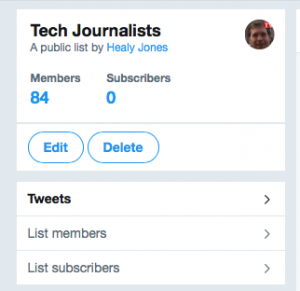Does it make sense to hire writers for your online business or website? I’ve started to have a lot of success with outsourced writers – but only when I know the topics that I want them to cover, and also when I train them up on basic content guidelines and SEO. Additionally, I believe that a single person should be your editor so that you can keep the right tone and brand – I never publish anything without carefully reading it and editing it for clarity, SEO and brand.
Training someone on basic SEO shouldn’t be too hard, as long as they are competent and open to learning. Below is an email I shared with a new writer on how they should approach SEO.
My email to an outsourced writer explaining basic SEO tactics
When we write a piece for SEO purposes, our goal is to win search volume on the “focus” keyword/phrase, plus get some related search volume for longer-tail keywords as well. I like this overview, and will expound more below: https://www.reliablesoft.net/on-page-seo/
We need to be pretty calculating with the keyword phrases and terms that we use. Their position in the piece, plus the percent that we use them in the piece matter.
A) In terms of positioning the focus words in the piece, we need to have the header/title use the exact keyword phrase. We should have the exact keyword phrase used once in the first paragraph, ideally in the first or second sentence. This not only lets Google know that we are focusing on this term, it also lets people who’ve just made a search see the result near the top, so they know they’ve come to the right place.
We also must use the phrase, or some version of the phrase, in the sub-titles, at least a couple of times. And we’ll want to “naturally” sprinkle the keyword phrase, and variants of it, in the piece through the paragraph/body text.
B) The frequency that we use the terms is called “keyword density.” We want the term in there enough so that Google realizes what we are focusing on, but not so much that it thinks we are creating spam content. And we don’t want to be unnatural; our writing needs to keep the reader engaged. Sometimes this is easy, other times it requires some real editing. The easiest way to check the density is with this free tool:
https://www.seoreviewtools.com/keyword-density-checker/?text-input
An aspect of density that some people forget is that the phrase density matters as well; it’s not just the single words, but also the combination of words that mattes.
The tool above will help you understand when you’ve gone too far, but the general rough rule is that we want between 1 and 2% of all of the words in the text to be the keyword, and we don’t want more than 2% of the words to be any particular phrase.
B2) Synonyms are not a bad idea either – this can help catch other, related searches, plus make the piece less robotic. For example, I’ll use the term “startup” “early-stage company” “VC funded company” etc to mix it up and not just say “startup” over an over.
C) I’d also like you to visit google and search for the term that we are trying to win. Google will suggest other searches – if these seem relevant, than we want to have a “section” on them. Many of these will be questions, and we’ll want to have a subtitle that asks the question, and a paragraph below that answers it.
D) Please also visit the top couple of search results to see what those people have written on. We may find ideas in there that will help us with what we want to talk about.
E) It’s not a bad idea to have a link or two out to a related topic that is on an “authority” site – ideally a news article or university research piece. This may not be easy, so don’t bend over backwards to do it. It’s got to be “natural” enough to be helpful for a reader who clicks out.
Most importantly, we want to write great content that is interesting to read and answers the question(s) that the visitor has!!




